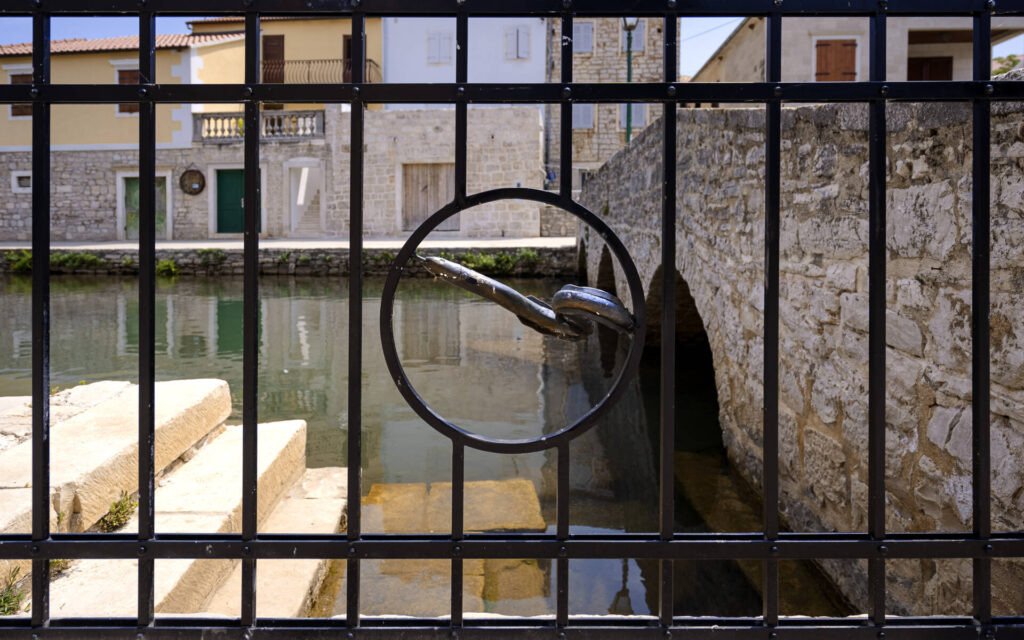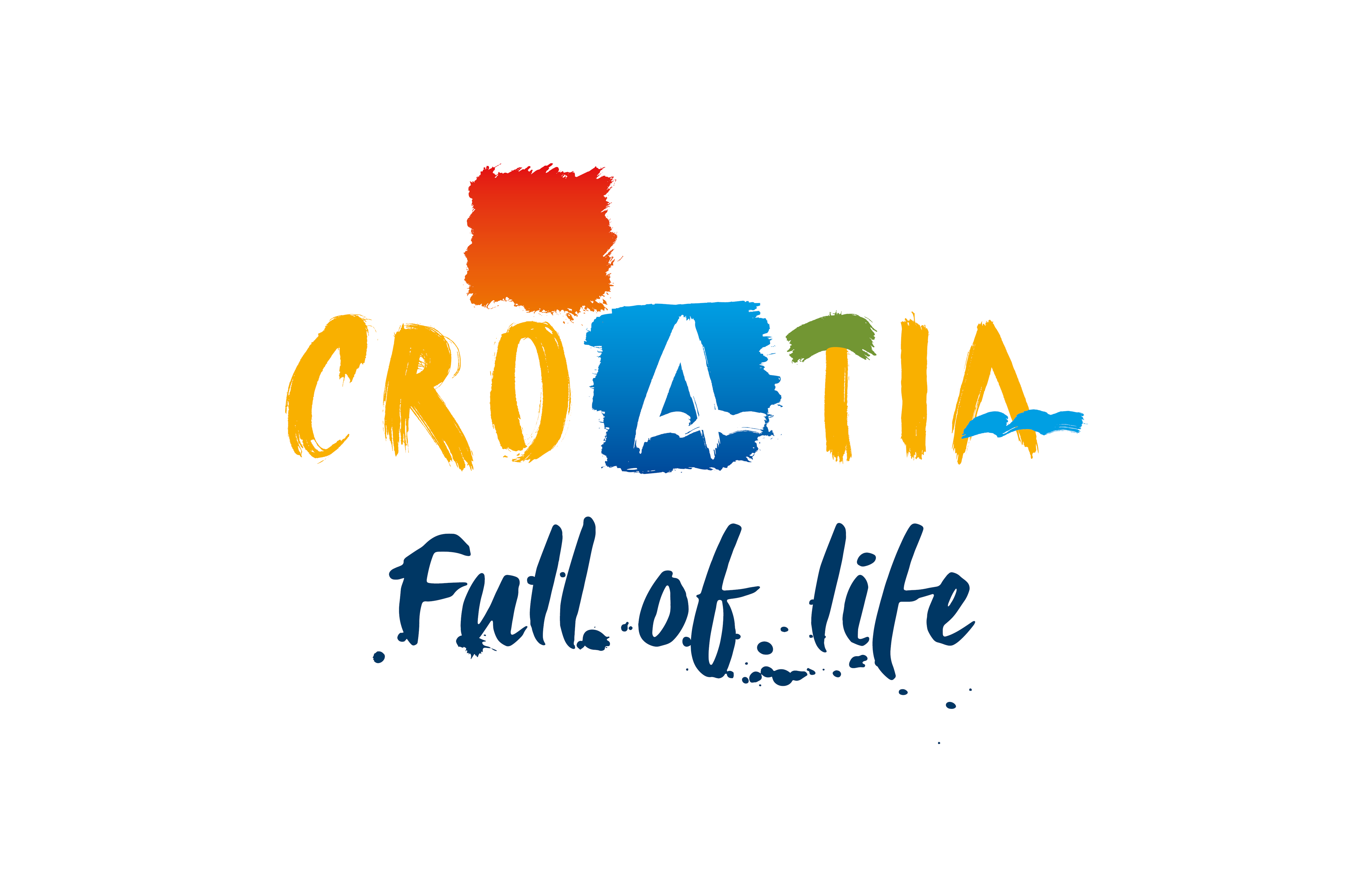Welcome to the Jelsa Tourist Board Website
Jelsa's Tourist Board was founded in 1995 as a public body. Its fundamental aim is to be productive and useful it does not have to make a profit. Its work focuses on improving general conditions for tourists during their stay, promoting local products from the Council region to tourists, also raising awareness of the importance of the economic, social and other effects of tourism, together with the importance of preserving and advancing all the elements of the area's tourist assets, especially in terms of environmental protection.
The Tourist Board has the following duties:
To support, promote and advance Jelsa's original assets (traditions, customs, ethnological riches etc.)
To promote the activities of legal entities and individuals involved in the hospitality and tourist industries, to help them provide the best possible services.
To cooperate and coordinate with legal entities and individuals involved in the travel trade, in order to achieve mutual agreement, confirmation and fulfilment in the politics relating to tourism's development and promotion.
To promote the protection, maintenance and revival of cultural-historical monuments and other material assets of interest to tourists, in order to include them as tourist attractions.
To promote and assist the development of tourism in places which are not yet developed for tourism.
To establish an efficient tourist information centre.
To organize press conferences, receptions for Croatian and foreign journalists, attendance at Croatian and international travel fairs, and contributions to tourist-themed exhibitions.
To carry out any other activities which are in the interests of promoting tourism in the Jelsa region.
THE JELSA COUNCIL TOURIST BOARD COVERS THE FOLLOWING SETTLEMENTS AND AREAS, which make up more than 50% of Hvar Island: Jelsa, Pitve, Vrisnik, Svirče, Ivan Dolac, Zavala, Gromin Dolac, Prapatna, Poljica, Zastražišće, Gdinj and the Gdinj seaside bays.
WORKING HOURS
MONDAY → SATURDAY
08:00 – 14:00
SUNDAY
09:00 – 12:00
Address: Jelsa Council Tourist Board
Trg Tome Gamulina 1
21465 Jelsa
Director: Marija Marjan
Office telephone number: +385(0) 21 761 017
e-mail: info@tzjelsa.hr
The Croatian Tourist Board
Iblerov trg 10
10000 Zagreb
tel.: +385(0) 1 455 64 55
fax: +385(0) 1 455 78 27
e-mail: info@htz.hr
web: www.croatia.hr
The Split-Dalmatian County Tourist Board
Prilaz braće Kaliterna 10/I, 21 000 Split
Tel/fax: +385(0)21 490 032, 490 033, 490 036
e-mail: info@dalmatia.hr
For further information, please contact us by email, telephone or in person during office hours.






